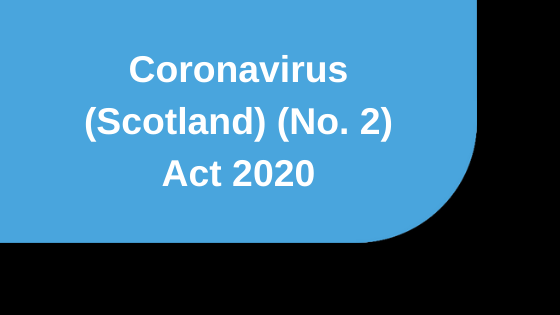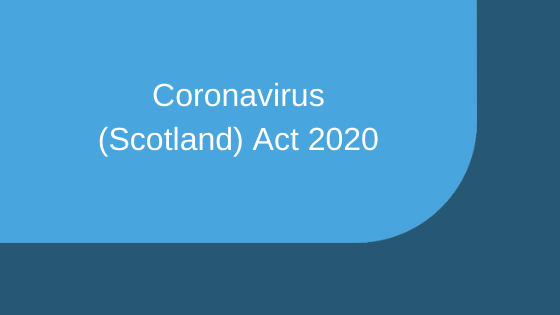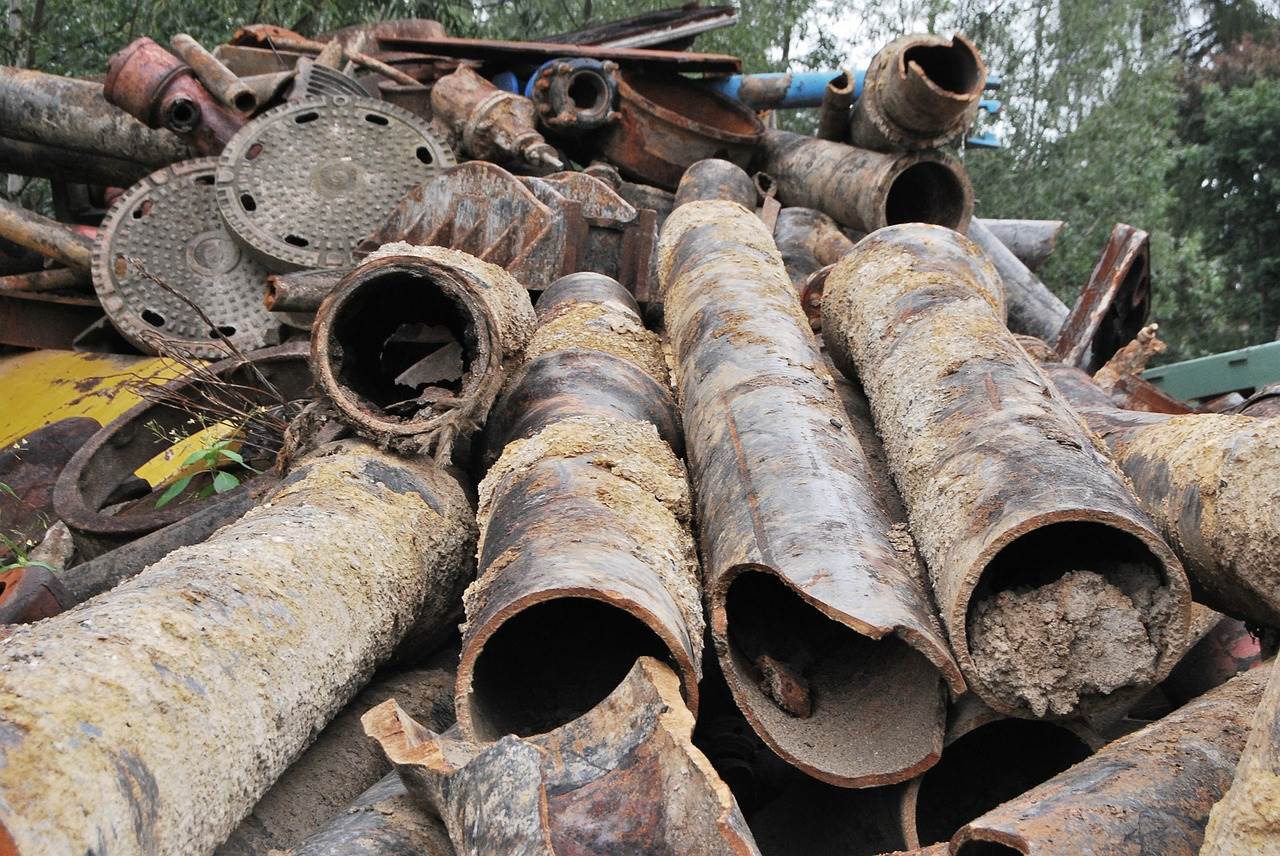
Vital Signs – A Primary Healthcare Blog: A New New Contract
Date: 29/11/2017 | Healthcare, Real Estate, Blogs
After years in gestation we now know what the new GP Contract may look like. Doctors have yet to approve it; it is as though the metaphorical waters have broken and labour is under way. However, it doesn’t promise to be an easy birth.
Much of the language of the Contract offer will be familiar. The description of GPs as “expert medical generalists” for instance is nothing new.
The proposed settlement was launched in November 2017 through a series of documents with Scottish Government and BMA support.
Key messages from the proposal are:-
1. the independent contractor model will continue as the delivery means.
2. from April 2019 a minimum earnings guarantee for a full time equivalent of £80,430 (including employer pension contributions).
3. a reduction and refocusing of doctor and practice workload.
4. core hours remain 0800-1830.
5. longer consultations for patients where needed.
6. an increased role for other health professionals and support staff.
The proposals recognise that, with the independent contractor model, practices have freedom and flexibility to run their own affairs. This also carries the attendant risks and opportunities which come with running a business. The proposals identify three key areas of risk where Scottish Government will seek to reduce such risks for practices:- ownership and maintenance of practice premises; sharing data with the wider NHS community; and employment risks.
Quite how these key measures will be delivered remains opaque and clearly there will be much work to be done ahead of April 2018. It is also unclear what the impact will be on a practice by practice basis. For instance, if you are a practice with average earnings in excess of the minimum earnings guarantee how will your income be affected?
The BMA roadshows through December will hopefully bring greater clarity. Scottish Government intends to advise each practice what the anticipated impact may be.
Premises
The acceptance that premises issues have had a significant impact on partner recruitment is welcome. The separate National Code of Practice for GP Premises sets out how premises issues are to be addressed. It merits careful reading. There is a clear commitment to move to the situation where by 2043 the NHS will provide surgery premises not practices. It is an understandably distant longstop target given the costs involved and the complexity of premises arrangements.
It seems likely that this process will start immediately as leases of premises come up for renewal. Where a lease is due to end before 2023 practices should have a reasonable expectation that their Health Board will take on the new lease. What is not clear is whether Health Boards will in turn expect practices to enter into sub-leases passing the lease risks down the chain.
Practices also need to be aware that Health Boards will not take on responsibility for a practice’s lease dilapidations issues. This will cause a conundrum for practices as entering into a new lease has been the preferred way of postponing or writing off accrued dilapidations liabilities.
In any event, it is not as simple as Scottish Government taking over all surgeries. There is explicit provision that not all GP-owned surgeries will be purchased. A practice in a traditional townhouse building may be less likely to find the Health Board purchasing than one in a bespoke surgery. There may also be valuation issues. Valuations of premises for a Health Board purchase will be fixed by the District Valuer rather than the value in the accounts.
The prospect of partners who own their surgery leasing it to Scottish Government will not be an option except in exceptional circumstances.
Where a practice in a GP-owned surgery refuses to move into new purpose-built premises (for instance because they are too expensive and will reduce partner earnings) a Health Board may withdraw rent reimbursement for existing owned premises.
What view will the banks have for future funding of practices particularly with loans secured against practice premises relying on valuations taking into account the rent reimbursement?
These and the other caveats in the paper are entirely understandable. Scottish Government does not want to be bailing practices out of historic issues but simply to “fix” the NHS going forward.
They are, however, proposing to provide financial support to practices through the creation of a Sustainability Fund. In simple terms this will allow practices to borrow monies on benign terms. The Code explicitly states that “there are few, if any, premises issues which will not be substantially addressed with a GP Sustainabilty Loan”. The extent to which this proves correct will become clearer as and when detail is brought forward. However, the proposals in the Code already sound complex; that in itself may be a disincentive to practices applying.
In any event, providing benign loans will not solve recruitment issues on its own. Nor will it solve the last man standing issue. A doctor considering joining a partnership will still want to understand the underlying practice liabilities. S/he may well decline to join if those liabilities are not clearly understood or if outgoing partners can depart without having fully paid for their share of liabilities arising on their watch. The fact that there is access to limited loan funds is not a particular incentive for a new doctor to take on contamination by historic practice issues.
Conclusion
There is much to be welcomed in the proposals for a new new contract. The long term aspirations are laudable. It remains to be seen if the Scottish medical profession will vote for or against. However, even if it does vote in favour, the process of getting from where practices are currently at and shifting to a brave new dawn will be painful. There will almost inevitably be casualties.
This note is a general overview of some of the issues coming out of the joint Scottish Government and BMA proposals for a new Scottish GP contract. It is not legal advice. A practice or doctor having specific concerns should take their own specific legal advice.















































































